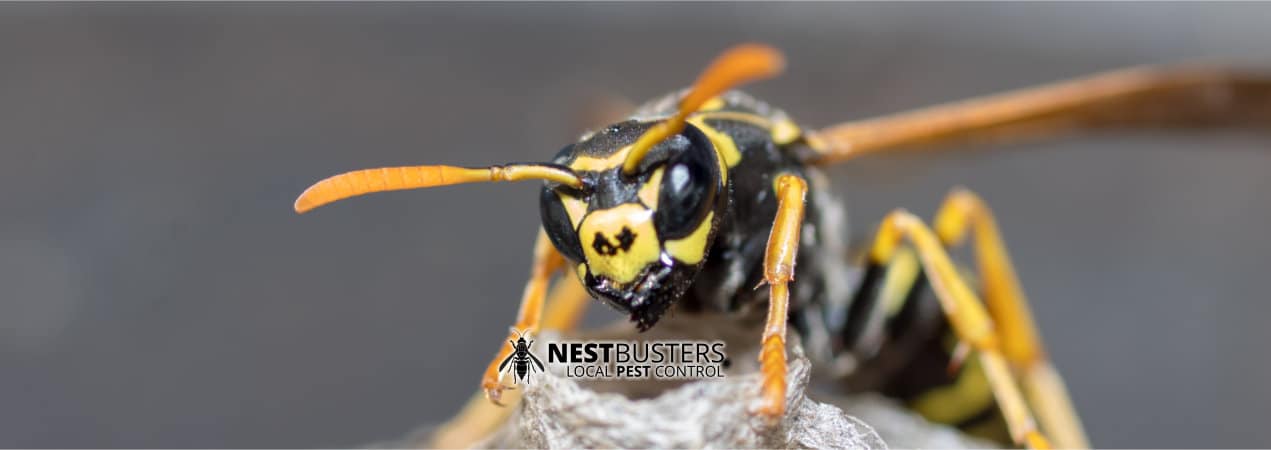Wash the sting with soap and water. Apply ice wrapped in a cloth for 10 minutes on, 10 minutes off to reduce swelling. If you have circulation problems, use ice for shorter periods to avoid skin damage. Let’s dive in to what to do when Stung by a Wasp.
Stung by a Wasp? Here’s What to Do (and When to Worry)
A sunny day, a picnic in the park – and then the dreaded wasp sting. If you’ve experienced this unpleasant surprise, you’re not alone. Wasp stings are common, especially in warmer months when these buzzing insects are most active. But what should you do if you get stung? And when should you seek medical attention?
The Stinging Sensation: What Happens?
When a wasp stings, it injects venom into your skin. This venom triggers the pain, swelling, and redness you experience at the sting site. While most wasp stings cause only mild, localized reactions, some people can have more severe allergic responses.
Immediate First Aid for Wasp Stings
If you’re stung by a wasp, take the following steps immediately:
- Remove the Stinger (If Present): Unlike bees, wasps don’t leave their stingers behind. However, if you see a stinger, gently scrape it away with a credit card or fingernail. Don’t use tweezers, as this could squeeze more venom into the wound.
- Clean the Area: Wash the sting site with soap and water to help prevent infection.
- Apply a Cold Compress: Use an ice pack wrapped in a cloth to reduce swelling and pain. Apply it for 10 minutes at a time, with breaks in between.
- Over-the-Counter Relief: Over-the-counter pain relievers like ibuprofen or paracetamol can help with discomfort. Antihistamines like Benadryl can reduce itching and swelling.
When to Seek Medical Attention
While most wasp stings can be treated at home, there are some situations where you should seek medical help:
- Severe Allergic Reaction (Anaphylaxis): Symptoms include difficulty breathing, wheezing, rapid heartbeat, dizziness, confusion, nausea, vomiting, and swelling of the face, lips, or throat. This is a medical emergency, and you should call 999 immediately.
- Multiple Stings: If you’ve been stung multiple times, you may experience a more intense reaction due to the increased amount of venom. Seek medical attention if you feel unwell or if symptoms worsen.
- Stings in the Mouth or Throat: When Stung by a Wasp. swelling in these areas can obstruct your airway and require immediate medical attention.
- Previous Allergic Reactions: If you’ve had a severe reaction to a wasp sting before, seek medical help even if your current reaction seems mild.
Preventing Wasp Stings
Prevention is always better than cure. Here are a few tips to minimize the risk of wasp stings:
- Be Cautious Around Food and Drinks: Wasps are attracted to sweet smells and sugary substances. Be mindful when eating or drinking outdoors, especially fruits and sugary drinks.
- Avoid Bright Colors and Floral Scents: Wasps are drawn to bright colors and floral patterns. Opt for neutral-colored clothing and avoid using strong perfumes or scented products outdoors.
- Don’t Swat or Panic: If a wasp flies near you, remain calm and still. Swatting or panicking can agitate the wasp and make it more likely to sting.
- Seek Professional Help for Nest Removal: If you discover a wasp nest on your property, don’t try to remove it yourself. Contact a professional pest control service like NestBusters to safely and effectively eliminate the nest.
Remember: Wasp stings can be painful and even dangerous, but knowing what to do in the event of a sting can help you stay safe and comfortable. If you have any concerns about a wasp sting or are unsure whether you need medical attention, it’s always best to err on the side of caution and consult a healthcare professional.
For wasp nest removal call NestBusters.
wasp sting, wasp sting treatment, allergic reaction to wasp sting, first aid for wasp sting, how to treat a wasp sting, prevent wasp stings, anaphylaxis wasp sting


